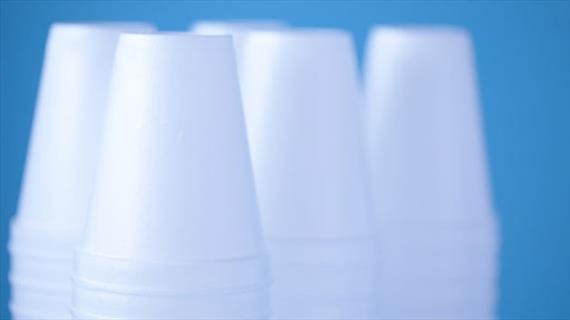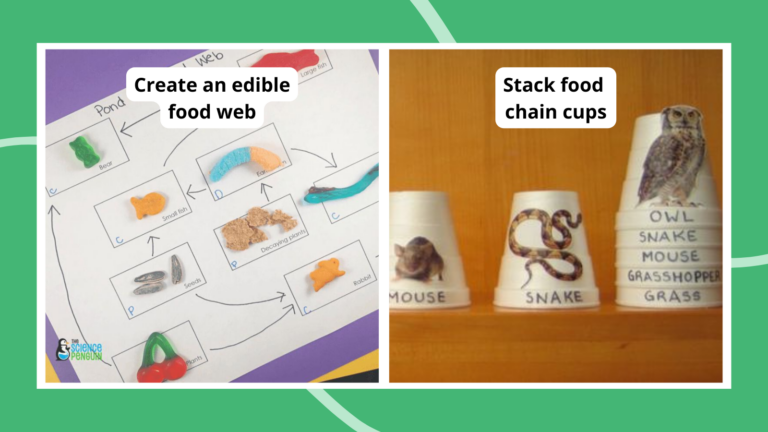Here are some clever ways to use Styrofoam cups to teach math, English language arts, social studies and science!
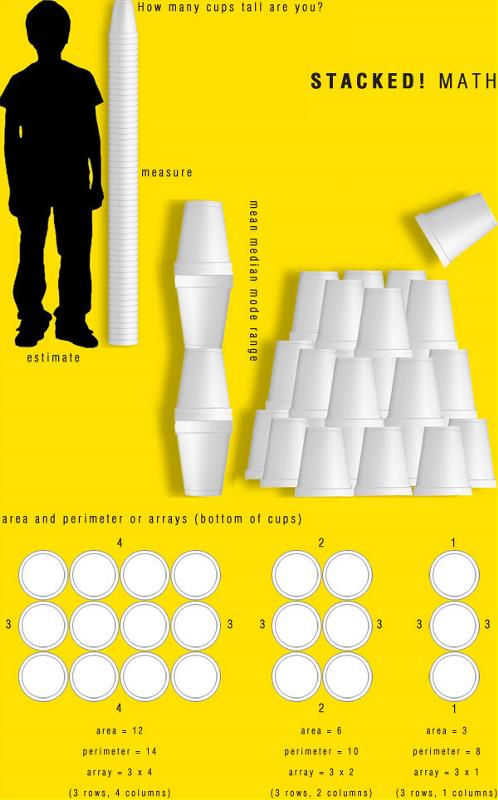
MATH
1. M, M, M, R: Learn about mean, median, mode and range through a stacking competition—no nesting cups allowed! Teams of two race to stack as many cups as they can in one minute. When time is up, kids count how many cups they stacked. Write down their numbers on the board from lowest to highest score. First, find the mean, add up all their scores and divide the sum by how many teams there were. Next, circle the number that falls in the middle: median. Mode: Did anyone stack the same number of cups? Which number is repeated more often than the others (the most popular score). Finally, find the range: Subtract the lowest score from the highest.
2. Measure: For younger students, you can have them race to stack cups for a measuring competition. Pair children up into teams of two. Teams stack as many cups as they can in one minute—no nesting cups allowed! Have them measure their stacked sculpture (height and width). What team will have the tallest castle? Who’s will be the widest? Count the cups and which team stacked the most in one minute. Did any teams get the same score?
3. Estimate: Have students estimate how many nested cups it will take to build a tower the same height as they are.
4. Revolving math: Click here for place value and greater-than, less-than or equal-to cups.
5. Area and perimeter and arrays: Give students Styrofoam cups. They flip them over and create a square or rectangular shape and figure out the area and perimeter or create arrays (see image).
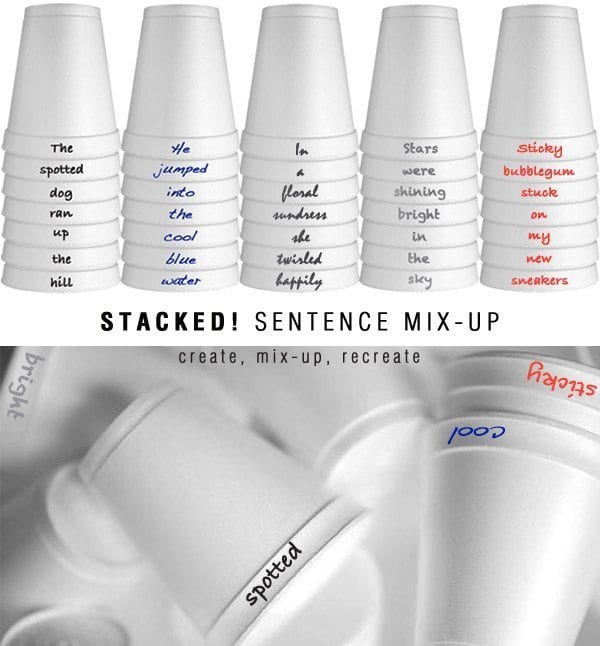
LANGUAGE/WRITING
1. Sentence mix-up: Children are given a certain number of Styrofoam cups. They must create a sentence by writing one word on the rim of each of their cups. Next, the teacher puts out grocery bags with each part of speech written on them. The students take apart their sentence (cup tower) and toss each word (cup) in the correct bag. Then, the students are given a challenge. The cups in the bag are mixed up. They must reach in and pull out a cup from the different bags and create a sentence using the words they pulled that come from their peers’ sentences (cup towers).
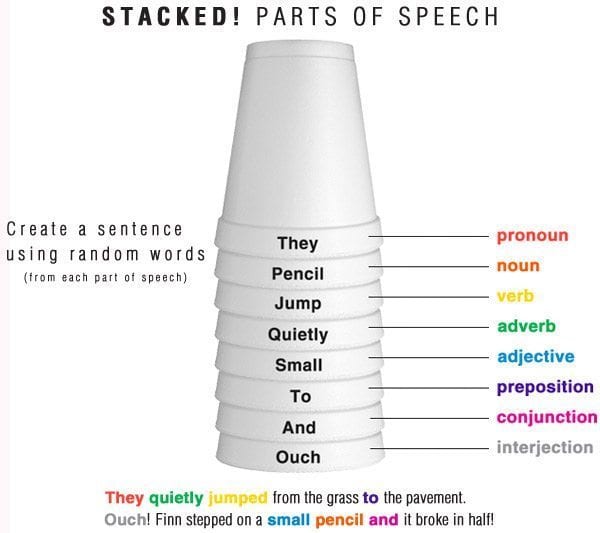
2. Parts of speech: Words from each part of speech are written on cups. Students must classify them by grouping them in the correct category. Next, without looking, they choose a cup from each category (each part of speech). Then, they create a sentence using the words written on the cups they chose!
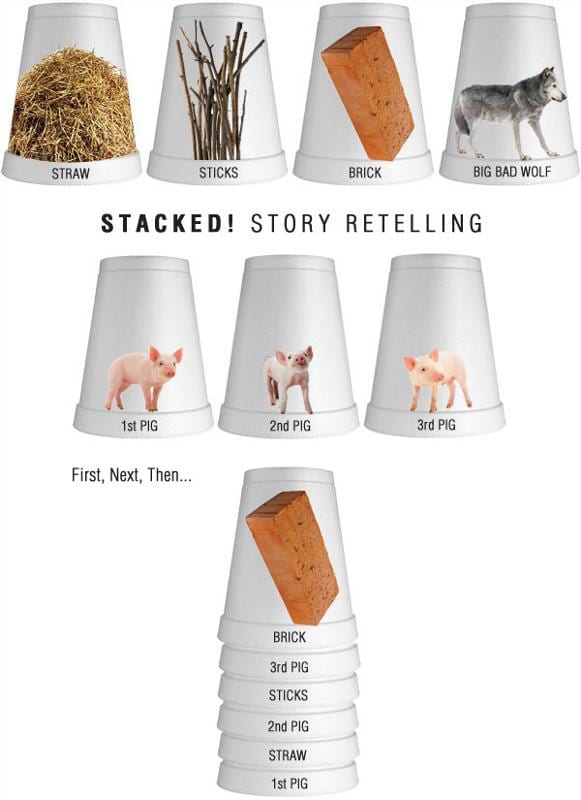 READING
READING
Reading comprehension: Students can draw or print out images to help them retell a story in chronological order! Note: For images to adhere, use clear packaging tape. Stick tape over image onto the cup.
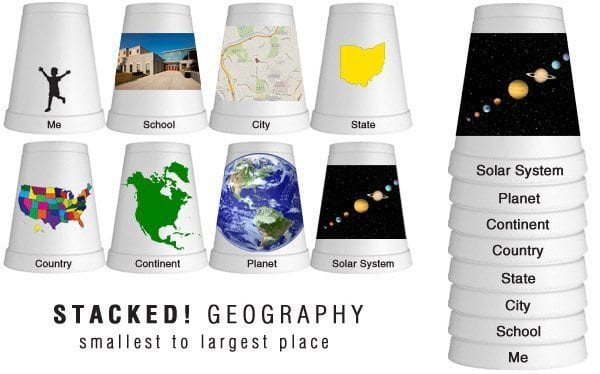
GEOGRAPHY
Help children understand where they are located in relation to the world by making geography stacking cups. For a book to go along with activity, check out Me on the Map! by Joan Sweeney.
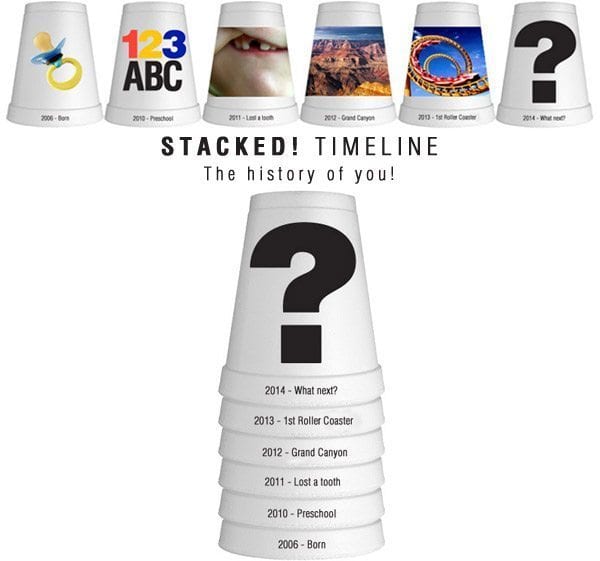
HISTORY
Have students print out pictures for their cups and put historical events in chronological order (like a timeline).
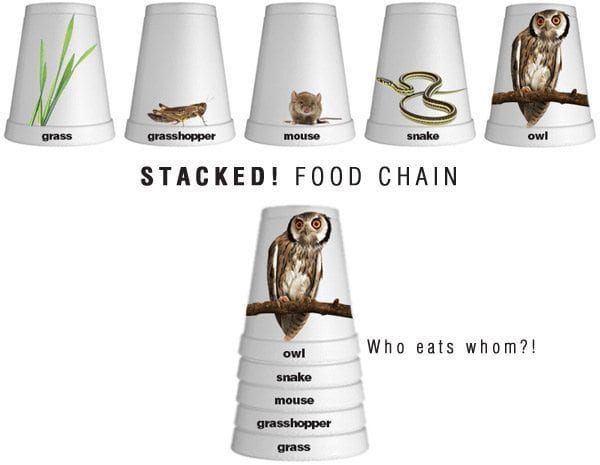
SCIENCE
1. Food chain: This awesome idea comes from Earth Mama’s World: a food-chain game with Styrofoam cups! Just glue images onto your cups and write the name of the organism on the rim. Mix them up, have kids put them in order and stack them. If you have older students and are working with more complex food webs, have kids stack cups in a pyramid shape, rather than nested.
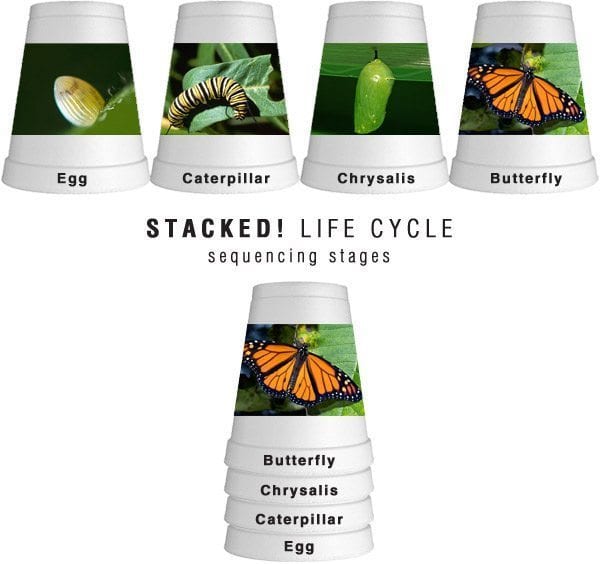
2. Life cycles: You can assess students’ knowledge about life cycles of any organism by creating stacking cups. They sequence the stages in the correct order.
3. Other science concepts: Besides life cycles, you could also make cups for the rock or water cycle. Even soil layers could be stacked in the correct order!
Erin Bittman is a student at the University of Cincinnati. She will be a student teacher in a multi-grade classroom in the fall (second and third grades). Check out her blog E Is for Explore!
